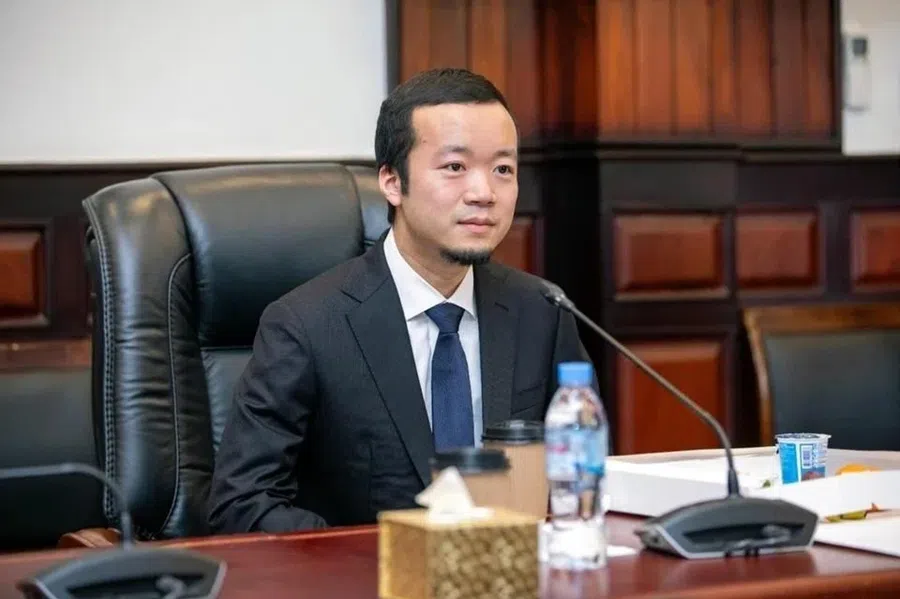A ‘world minus one’: How Trump’s tariffs are pushing America out of global trade
US President Donald Trump’s tariff and trade wars are shaping a new world that is detrimental to the US. His tactics have alienated allies, and by abandoning the multilateral free trade system and international rules that the US itself helped build after World War II, the country has severely damaged its own credibility and is essentially destroying itself, says former journalist Goh Choon Kang.
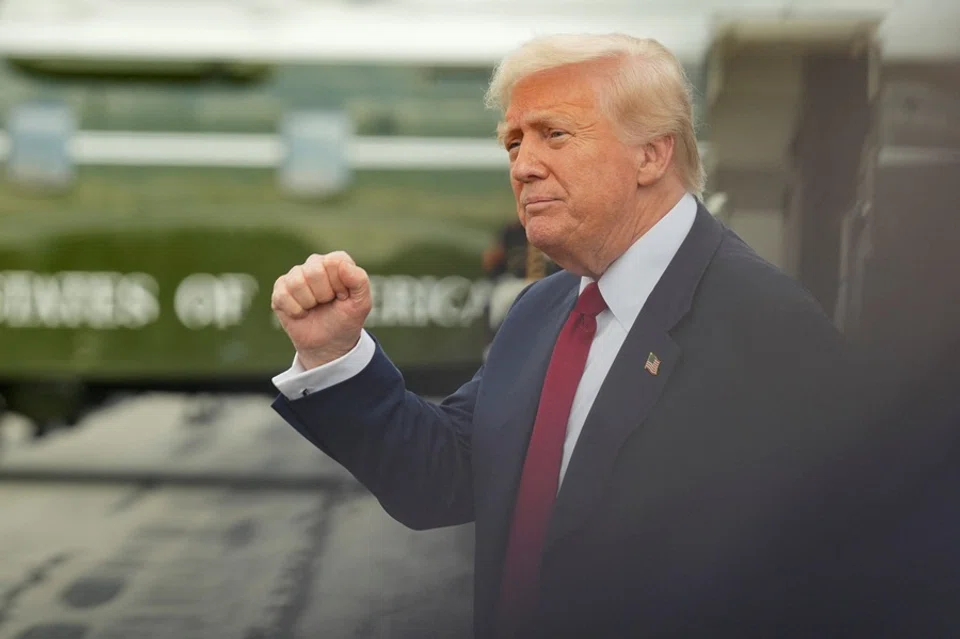
US President Donald Trump believes that his dealmaking prowess is unstoppable. Since announcing the “Liberation Day” tariffs in April, he has racked up a string of victories. While a few tough opponents such as China, Canada and Brazil, remain unconquered, most other countries and regions have already agreed to reciprocal tariffs ranging from 10% to 41%.
Desperate moves for survival
The European Union (EU) and several countries managed to negotiate slight tariff reductions, but at a steep cost, including commitments of hundreds of billions of dollars in investment, zero tariffs on US imports, and purchases of American weapons, aircraft and energy.
Under the trade deal with the EU, tariffs were reduced from 20% to 15%, and removed for products such as aircraft and aircraft components, and certain chemicals and agricultural goods. In return, the EU pledged to eliminate tariffs on US goods, purchase US$750 billion of US energy exports, and make new investments of US$600 billion in the US.
As for the trade deal with South Korea, tariffs will be reduced from 25% to 15%, but Seoul is committed to invest US$350 billion in the US in return. Tariffs on Japan will be reduced from 25% to 15% as well, but the country is required to open its automotive market and invest US$550 billion in the US. These deals are essentially treaties signed under duress, with each country conceding to the US’s demands.
Some Western media commentators have labelled this approach gangsterism — or, in more familiar terms, mafia-style extortion.
Trump has masterfully wielded the tariff weapon, shifting tactics with ease — a reminder of his 1987 bestseller Trump: The Art of the Deal, co-authored with American journalist Tony Schwartz. Written largely by Schwartz, the book not only recounts Trump’s business successes but also outlines 11 key strategies for successful dealmaking.
The first rule is: aim high, think big. Thinking big costs nothing, so aim high. As Trump puts it, “I aim very high, and then I just keep pushing and pushing to get what I’m after.” Another rule is to know your market; while yet another is to use your leverage. It is important not to let your opponent sense your eagerness to close a deal. Instead, deploy psychological tactics and strategic pressure to gain the upper hand.
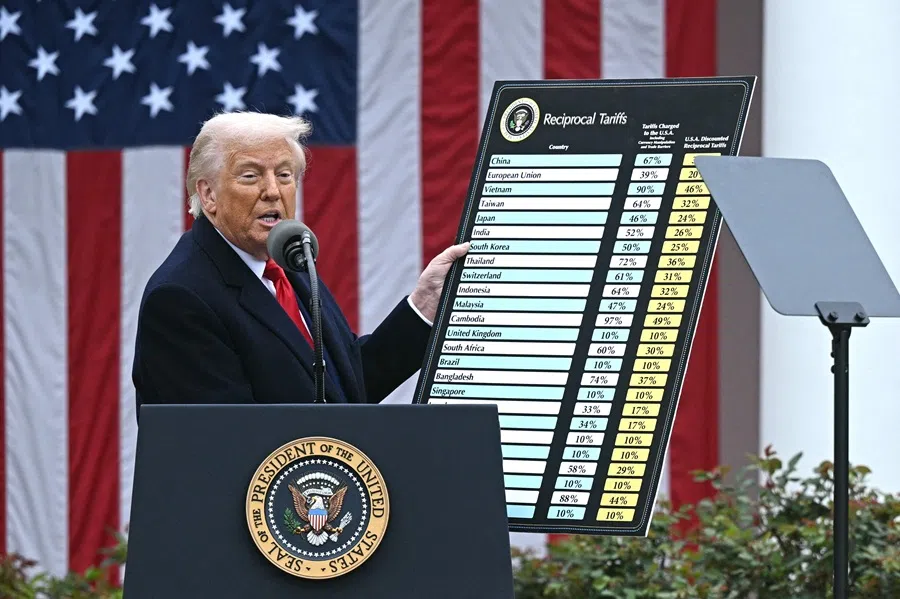
The tariff war can be seen as a product of Trump’s keen understanding of the market: he knows that many countries are heavily reliant on the US market. He fires the first shot by making an outrageous demand, then follows up with psychological tactics such as intimidation and threats. Some Western media commentators have labelled this approach gangsterism — or, in more familiar terms, mafia-style extortion.
In the trade war with China, Trump once threatened to raise tariffs on Chinese goods from 9 April onwards to 145% — a figure he repeatedly adjusted. He used the same strategy with countries such as Canada, Mexico and Switzerland: aim high, and then keep pushing and pushing using every tactic available. This approach to dealmaking has indeed delivered Trump a string of victories.
Several countries ended up paying a steep price just to secure a few percentage points of tariff reduction, but yet could still bizarrely put on an air of triumph, declaring that negotiations had been successful, when in reality it was but a desperate move for survival. Some nations lost a few fingers instead of an arm — and quietly counted themselves lucky.
Trump should not be seen as just a madman — his goal is to reshape the global trade order, positioning the US at the top of the pyramid, with all other nations bowing to its will.
America must be first
What kind of world is this? Trump should not be seen as just a madman — his goal is to reshape the global trade order, positioning the US at the top of the pyramid, with all other nations bowing to its will. In his view, the globalisation of the past was simply a way for other countries to take advantage of the US. Now, that must be reversed: America must be first.
The US-led globalisation was, in reality, a process through which American corporations exploited “comparative advantage” to maximise profit. Simply put, that meant relocating factories from high-cost America to countries offering tax breaks and cheap labour, then shipping the goods back to the US — allowing them to avoid taxes while boosting shareholder returns.
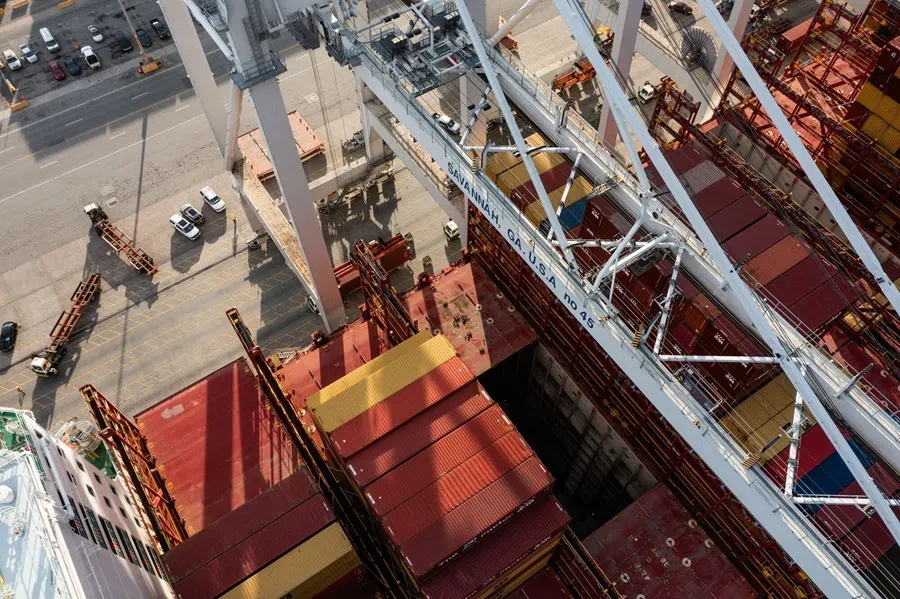
Many Third World countries are willing to do so as accepting investments from the US and Europe meant creating jobs for their people. Thus, globalisation was seen as a mutually beneficial arrangement — each country brought its own comparative advantages to the table, meeting each other’s needs and benefitting all sides. Everyone participated willingly — not a hint of one exploiting the other.
The problem was that manufacturing moved out of the US, and the focus was solely on helping corporations and businesses earn money, with little effort made to address the widespread job losses among American workers. That blame lies squarely within the US, not with other countries.
The question before us is: can Trump’s tariff war truly change the world? Can the US really secure all the gains for itself? Can manufacturing truly be brought back to the US? How will the global trade landscape be reshaped?
If we accept the principle of comparative advantage in economics, we must also accept that no single country or region can possess all absolute advantages. Besides, the global division of labour has reached an unprecedented level of interconnection and mutual dependence, and the US has already lost its edge in many industries.
... global trade does not depend solely on the US, and the current trajectory is pushing the world towards de-Americanisation.

Moreover, sectors that the US once saw as its unshakable strongholds — such as high-tech industries (semiconductor technology) and artificial intelligence — are now being challenged by China.
Thus, Trump’s attempt to make America great again through the tariff war seems unlikely to succeed. For now, tariffs may appear to be killing two birds with one stone — forcing other countries to yield while boosting US revenue. But the side effects could far exceed Trump’s expectations.
A ‘world minus one’
Many countries, including Singapore, no longer pin their hopes on the US to lead global free trade or uphold a multilateral world order. Just days after Trump announced the “Liberation Day” tariffs on 2 April, Singapore’s Prime Minister Lawrence Wong stated in parliament on 8 April that the era of rules-based globalisation and free trade is over.
What will replace the old system remains uncertain. But one thing is clear: global trade does not depend solely on the US, and the current trajectory is pushing the world towards de-Americanisation.
Taking China-US trade for example, the US share of Chinese exports has declined noticeably in recent years — from 19.2% in 2018 to just 14.7% in 2024. China is expected to ramp up exports to regions such as Africa, the Middle East, Central Asia, South America, Southeast Asia, and even Europe, by leveraging low tariffs and free trade agreements.
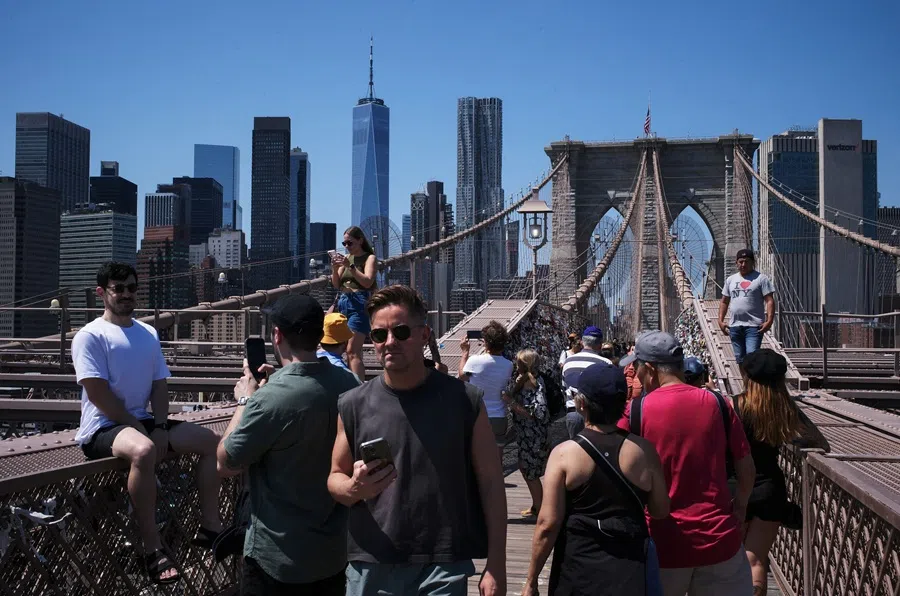
Trump’s tariff and trade wars are shaping a new world that is detrimental to the US. His bullying tactics have alienated allies, and by abandoning the multilateral free trade system and international rules that the US itself helped build after World War II, the country has severely damaged its own credibility and is essentially destroying itself.
Now, global trade is finding ways to bypass the obstacle that is the US, as it continues moving forward. Ultimately, what is being reshaped is not the “great America” that Trump envisions, but rather a “world minus one”, where the US is increasingly being decoupled from global trade.
This article was first published in Lianhe Zaobao as “特朗普能重塑世界贸易格局吗?”.




